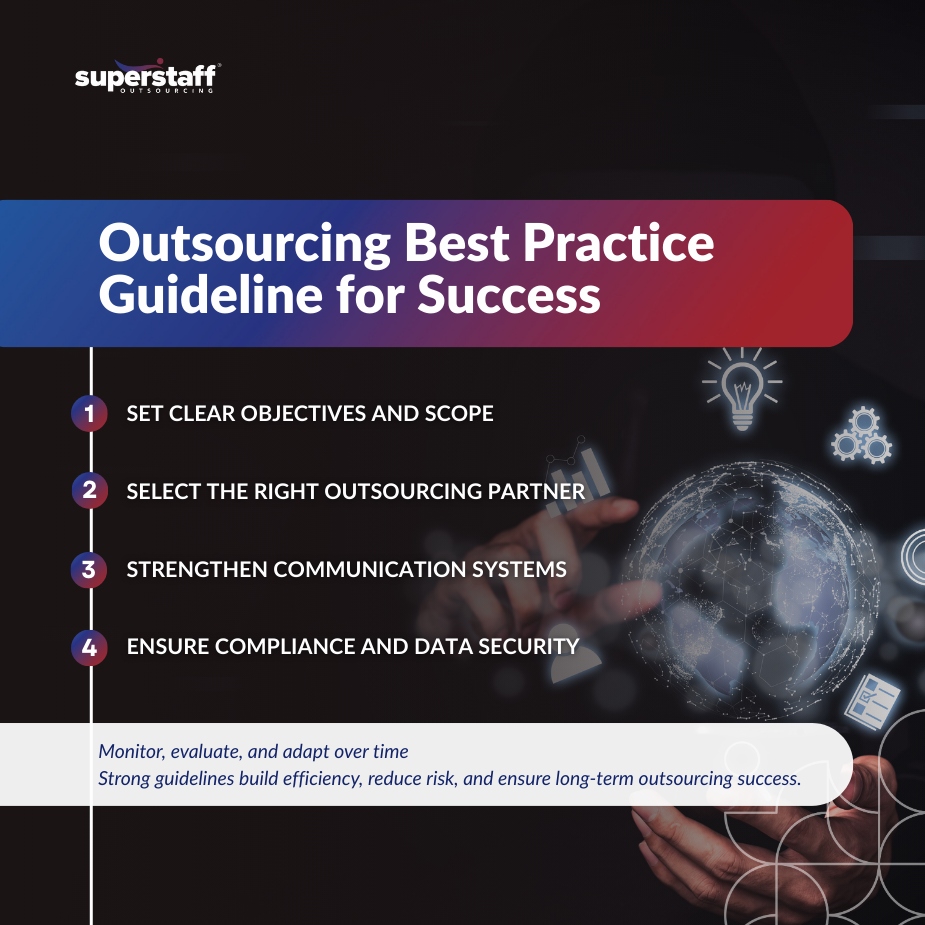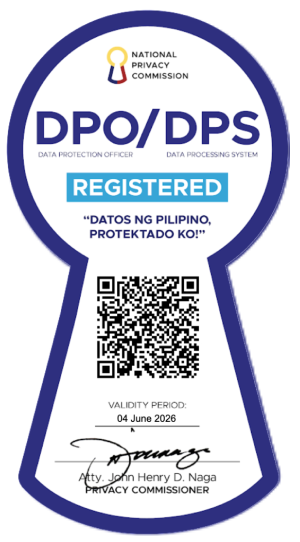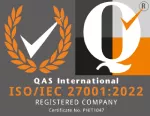
Businesses across industries are turning to outsourcing to strengthen operations, reduce costs, and scale more effectively. Yet, outsourcing success does not happen by chance. It requires planning, careful execution, and following structured steps. Without clear processes, companies risk weak performance, compliance issues, and poor vendor alignment.
This guide explores how an outsourcing best practice guideline helps companies achieve measurable results. By applying the right framework, businesses can improve communication, safeguard compliance, and create long-term value with their outsourcing partners. Whether you are just beginning to explore outsourcing or want to improve existing partnerships, applying these guidelines ensures better outcomes.

Why Best Practices Are Important in Outsourcing
Structured guidelines provide a foundation for strong outsourcing results. They help businesses set expectations, reduce risks, and align vendor performance with internal goals. Companies that use an outsourcing best practice guideline can measure results more effectively and adapt faster to changing needs.
1. Clear Direction for Vendors
When goals and responsibilities are well-defined, vendors know exactly what to deliver. This prevents miscommunication and wasted effort.
2. Consistency in Service Quality
Best practices create uniform standards that help maintain quality across multiple vendors and teams.
3. Compliance and Security Assurance
Adopting proven guidelines ensures adherence to data protection laws, financial regulations, and industry standards.
4. Measurable Results
Companies using a structured framework can track performance through KPIs and SLAs.
5. Long-Term Partnership Growth
Following an outsourcing best practice guideline builds trust, which supports long-term collaboration and better cost efficiency.
Five Outsourcing Best Practice Guidelines for Success
A step-by-step framework can simplify the outsourcing process and provide a roadmap for decision-makers.
1. Define Objectives and Scope
Businesses should begin by identifying what they want to achieve. Common goals include lowering costs, improving service quality, or expanding capacity. A detailed scope prevents confusion by clarifying which processes will be outsourced.
2. Choose the Right Partner
Vendor selection is one of the most important outsourcing tips for success. Companies should evaluate providers based on industry knowledge, technical capabilities, and cultural fit. Many businesses prefer to outsource to the Philippines because of the country’s strong talent pool, cost efficiency, and experience in global outsourcing.
3. Strengthen Communication
Clear and frequent communication keeps teams aligned. Companies should set reporting structures, meeting schedules, and feedback systems. Transparency improves accountability and builds trust.
4. Prioritize Compliance and Data Security
Outsourcing involves sensitive information. Businesses must ensure that partners comply with relevant laws and data protection standards. Security audits, confidentiality agreements, and compliance certifications should be part of the agreement.
5. Monitor Performance and Adapt
An outsourcing best practice guideline emphasizes ongoing evaluation. Businesses should use KPIs to measure results and adjust processes when needed. Regular reviews prevent small issues from becoming major problems.
Benefits of Following Outsourcing Best Practice Guidelines
Applying structured outsourcing practices delivers several advantages that go beyond short-term gains.
1. Cost Predictability
A clear framework reduces unexpected expenses by aligning budgets with service expectations.
2. Faster Scaling
Businesses can expand teams quickly without the delays of recruitment and training.
3. Service Quality
Vendors deliver consistent outcomes when performance measures are clearly defined.
4. Lower Risk
Compliance and data protection reduce the chance of regulatory penalties and client dissatisfaction.
5. Stronger Vendor Relationships
Best practices support long-term partnerships by building mutual trust and accountability.
Key Considerations Before Engaging a BPO Partner
Outsourcing decisions should be carefully evaluated before signing agreements. A step-by-step guide to outsourcing best practices ensures that businesses enter partnerships with confidence.
1. Internal Readiness
Companies must assess whether their internal processes are stable enough to integrate with external vendors.
2. Workflow Integration
Evaluate how well the outsourcing partner can work with existing CRM, project management, and reporting tools.
3. Budget Planning
Understand the short-term transition costs and compare them against long-term savings.
4. Compliance Requirements
Check if the vendor understands industry-specific rules and regulations.
5. Cultural Alignment
Cultural fit ensures smoother communication and stronger collaboration across teams.
How to Measure Outsourcing Success Over Time
Sustaining results requires consistent monitoring and adjustment. Following an outsourcing best practice guideline helps ensure results remain aligned with business goals.
1. Review Key Performance Indicators
Measure service levels such as response times, customer satisfaction, and error rates.
2. Conduct Regular Audits
Independent reviews validate the accuracy of reporting and compliance.
3. Track Return on Investment
Evaluate whether cost savings and efficiency gains match initial objectives.
4. Gather Client Feedback
Customer satisfaction surveys highlight strengths and areas for improvement.
5. Adjust as Needed
Outsourcing should remain flexible. As business needs evolve, service agreements may need updates.
Common Mistakes to Avoid in Outsourcing
Even well-structured plans can fail without attention to detail. Companies should avoid these common errors:
- Outsourcing without defining measurable goals
- Choosing vendors based only on cost
- Ignoring data privacy and compliance standards
- Lack of structured communication channels
- Failure to evaluate vendor performance regularly
Avoiding these mistakes strengthens outcomes and supports long-term efficiency.
Proven Guidelines for Smarter Outsourcing Partnerships
Outsourcing delivers measurable benefits when guided by structure and planning. A strong outsourcing best practice guideline ensures that cost savings, efficiency, and service quality are achieved consistently.
Companies that follow these frameworks reduce risks, improve vendor alignment, and build scalable solutions. Businesses planning to outsource to the Philippines or other global destinations can gain a competitive advantage by applying these proven methods.
SuperStaff has experience supporting businesses with structured outsourcing solutions. From administrative management to client support and back-office services, the company applies best practices that ensure compliance, efficiency, and measurable success.
By adopting an outsourcing best practice guideline, businesses position themselves for long-term success. Following structured steps, applying outsourcing tips for success, and using a step-by-step guide to outsourcing best practices allow organizations to achieve predictable results.
Explore how experienced outsourcing providers like SuperStaff can help you improve efficiency, maintain compliance, and scale operations effectively. With the right approach, outsourcing becomes a reliable strategy for sustainable growth.
Work with SuperStaff to turn proven outsourcing guidelines into real business outcomes. Build a partnership grounded in structure, trust, and measurable performance that supports your company’s growth for years to come.






